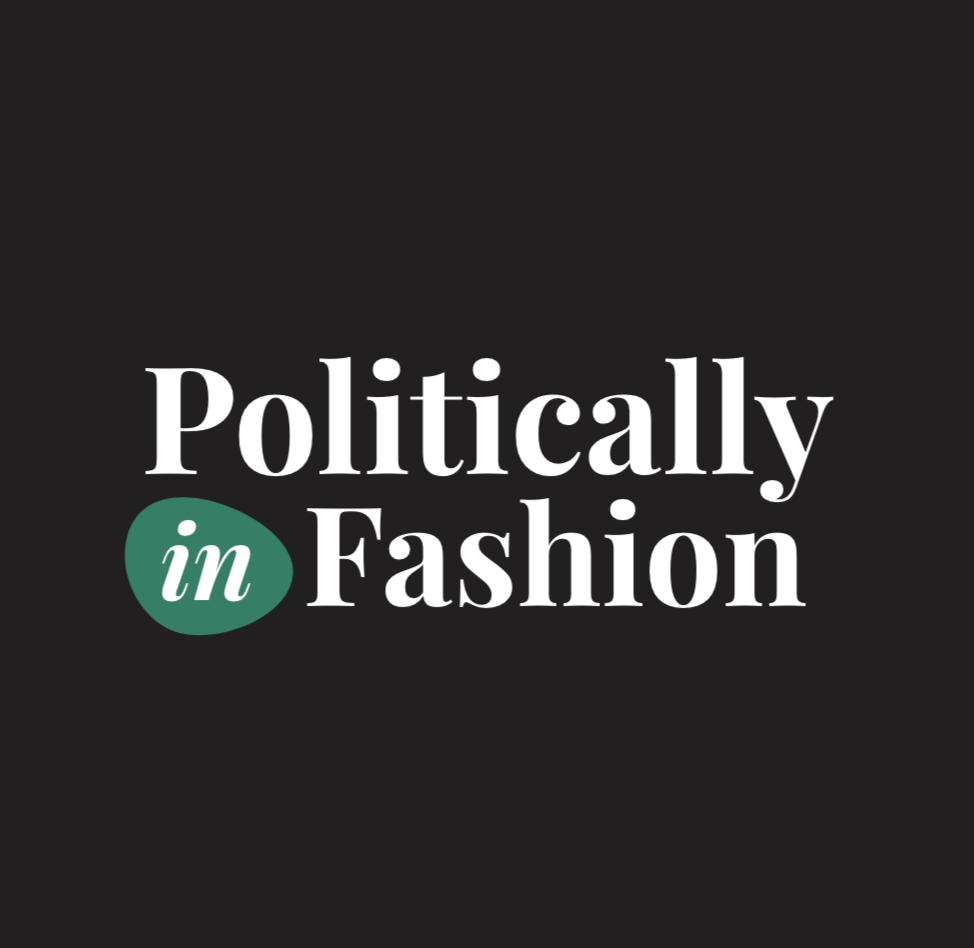GREENWASHING & THE GREEN GUIDES: A CALL TO ACTION
“Greenwashing,” a play on “whitewashing,” is a descriptive term used to imply using misleading information about a product’s environmental benefits. The claims in “greenwashing” are often unsubstantiated and can mislead consumers. Sometimes these claims are only partially true or the purported benefit is actually worse than the alternative.
The danger of “greenwashing” is that it can lead consumers who are concerned about the environment, who want to purchase sustainable products, to do the opposite. They may unintentionally contribute to the environmental issues they seek to solve.
It has been reported, that as the number of consumers concerned about the environment increases, so does greenwashing and its negative effects. (Green Washing | Environmental Health Perspectives | Vol. 118, No. 6 (nih.gov)
In fashion, it now seems like every brand claims to be “sustainable” or “low-impact.” But as sustainable fashion communications advisor, Emelie Gintzburger Akerbrant, told Vogue Business last summer “there is so much noise and so much happening around sustainability. We don’t know what’s real and what’s fake.” (The flawed ways brands talk about sustainability | Vogue Business).
How can we curb the rise of “greenwashing” and the negative impacts on consumers and the environment?
The Federal Trade Commission (FTC) is the US governmental entity charged with protecting consumers by preventing unfair and deceptive business practices including false advertising.
The FTC created the Green Guides in 1992 to help businesses communicate their environmental claims in their marketing. The Green Guides are essential for holding businesses accountable who blatantly greenwash.
But some critical items are missing from the guides, including shared definitions of words like “sustainable,” “natural,” and “organic,” among others. The Green Guides also have not been updated since 2012, and now there is so much more data, science, and understanding about environmental issues and what needs to be done to solve them.

Long story short, the Green Guides need to be updated to properly fight against greenwashing.
We’ve partnered with policy expert, Hilary Jochmans, to do just that.
We have joined her educational and engagement collective Politically In Fashion, to take the first steps toward updating the Green Guides.
Now we need you, yes YOU reader, to get involved.
We don’t care who you are, if you’re a brand, another business, our customer or not. We want to build a community to address this important issue, and to get the Green Guides updated.
Together, we can do it. Will you join us?
First Calls to Action:
- Read Hilary Jochmans, Green Guides 101 below
- Follow @amendiofficial and @PoliticallyInFashion for updates
- Sign up for the AMENDI newsletter here, for next steps.
Send questions and/or comments to Hilary@PoliticallyInFashion.com or Corey@AMENDI.com

Green Guides 101
What Are The Green Guides?
They are a resource to help businesses avoid making deceptive environmental claims. The Guides were originally created in 1992 by the Federal Trade Commission (FTC), an agency empowered by federal law to prohibit unfair or deceptive acts in business. They are to assist businesses in making lawful environmental marketing claims and the public in understanding and appreciating these statements. The FTC can bring an enforcement action if they see an environmental claim that is inconsistent with the Guides, unfair and deceptive.
Who Is Impacted by The Green Guides?
These Guides apply to marketers, manufacturers, auditors, wholesale and retail sellers and is particularly impactful to the fashion industry and are for the benefit of all consumers.
Why Are The Green Guides Important?
Consumers increasingly want to align their values with their shopping behavior. Companies who are proud of their efforts to operate in an environmentally responsible manner want to be able to promote their endeavors. But, these statements must be truthful, reasonable, and useful to the average consumer. The Green Guides outline a dozen common environmental claims with examples of permissible statements.
What’s Included in The Green Guides?
*General Environmental Benefit Claims *Carbon Offsets *Certification and Seals of Approval
*Compostable *Degradable *Free of Claims *Non-toxic claims *Ozone Safe and Ozone Friendly
*Recyclable *Recycled Content *Renewable Energy Claims *Renewable Materials Claims
Examples of Environmental Claims Covered in The Green Guides*:
General Environmental Benefit Claims:
- Marketers should not make broad, unqualified general environmental benefit claims like “green” or “eco-friendly.” Broad claims are difficult to substantiate, if not impossible.
- Marketers should qualify general claims with specific environmental benefits. Qualifications for any claims should be clear, prominent, and specific.
- When a marketer qualifies a general claim with a specific benefit, consumers understand the benefit to be significant. As a result, marketers shouldn’t highlight small or unimportant benefits.
Recyclable:
- Marketers should qualify recyclable claims when recycling facilities are not available to at least 60 percent of the consumers or communities where a product is sold.
Free-of Claims:
- Marketers can make a free-of claim for a product that contains some amount of a substance if:
- the product doesn’t have more than trace amounts or background levels of the substance;
- the amount of substance present doesn’t cause harm that consumers typically associate with the substance; and
- the substance wasn’t added to the product intentionally
- It would be deceptive to claim that a product is “free-of” a substance if it is free of one substance but includes another that poses a similar environmental risk. If a product doesn’t contain a substance, it may be deceptive to claim the product is “free-of” that substance if it never has been associated with that product category.
* https://www.ftc.gov/tips-advice/business-center/guidance/environmental-claims-summary-green-guides
What Is Not Included in The Green Guides?
- Sustainability Claims
- Organic/Natural Claims
What Is Next with The Green Guides?
The Green Guides have not been updated since 2012. Much has changed in technology and consumer awareness in these past 9 years. With a new Administration and Congress, the time is right for the FTC to undergo a review of this critical document. Do there need to be changes to the existing Guides? Should the Guides address sustainability and organic/natural claims?
How Can You Be Involved in Improving The Green Guides?
Fashion and beauty retail businesses should review The Green Guides to see how they work for their companies. Where do they see need for improvement? Should the FTC look at Sustainability, Organic and Natural environmental claims? Has consumer understanding changed perception of claims? Could technology be utilized more effectively to substantiate environmental claims? The industry needs to tell their elected officials what works for their business and their customers. We are here to help you.
Contact: Hilary F. Jochmans
Hilary@PoliticallyInFashion.com
@PoliticallyInFashion
Corey Page Spencer
@amendiofficial